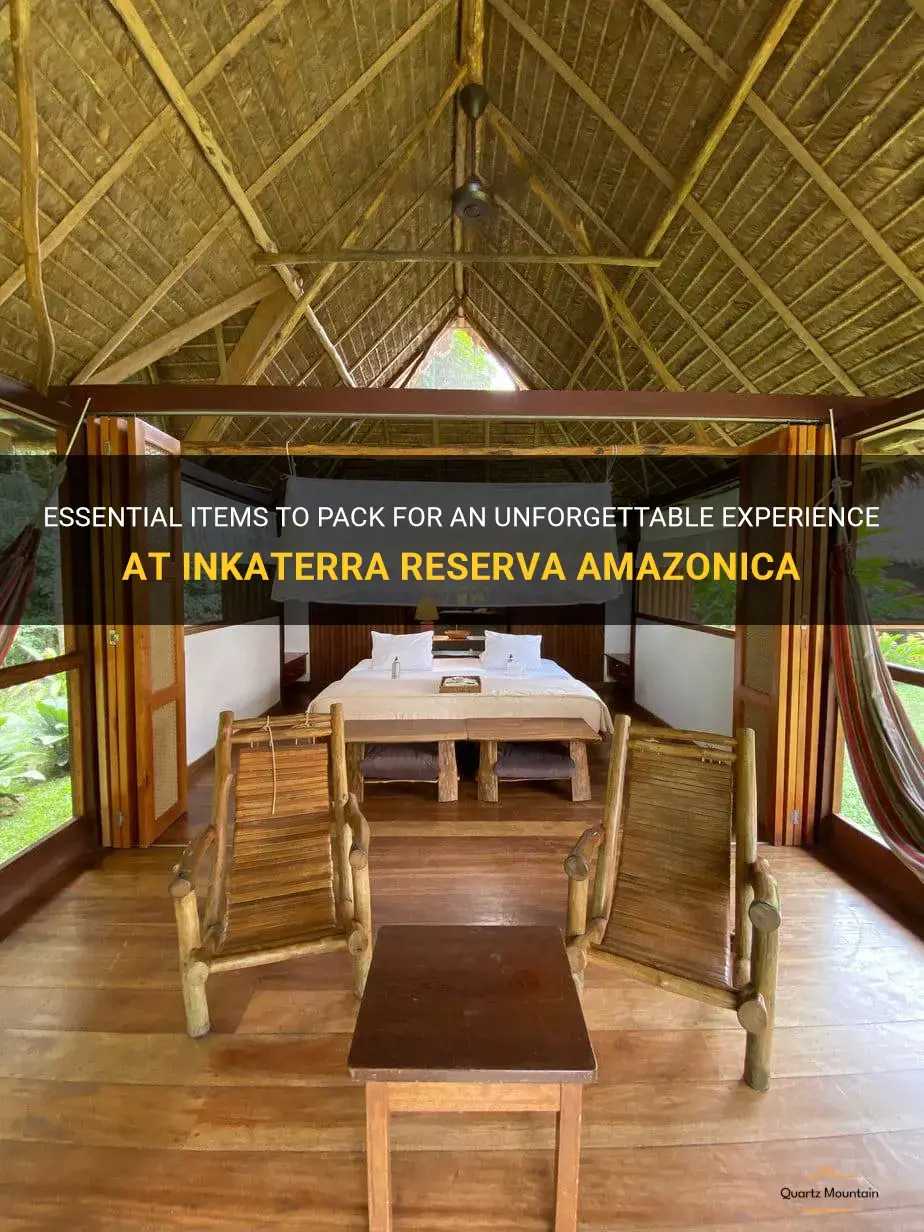
Are you ready for the adventure of a lifetime in the heart of the Amazon rainforest? Inkaterra Reserva Amazonica is a world-renowned eco-luxury lodge that offers an unforgettable experience surrounded by vibrant flora and fauna. To make the most of your stay, it's essential to pack the right items. From insect repellent to lightweight clothing, this guide will ensure you are prepared for every incredible moment in this breathtaking destination. Get ready to embark on a journey like no other, where you can immerse yourself in the wonders of nature and create memories that will last a lifetime.
What You'll Learn
- What are the essential items to pack for a trip to Inkaterra Reserva Amazonica?
- Are there any specific clothing recommendations for the Amazon rainforest climate?
- Should I bring my own mosquito repellent and sunscreen, or are they provided at the lodge?
- Are there any specific medications or first aid supplies that are recommended to bring?
- Are there any restrictions on the types of toiletries or personal care products that can be brought into the reserve?

What are the essential items to pack for a trip to Inkaterra Reserva Amazonica?
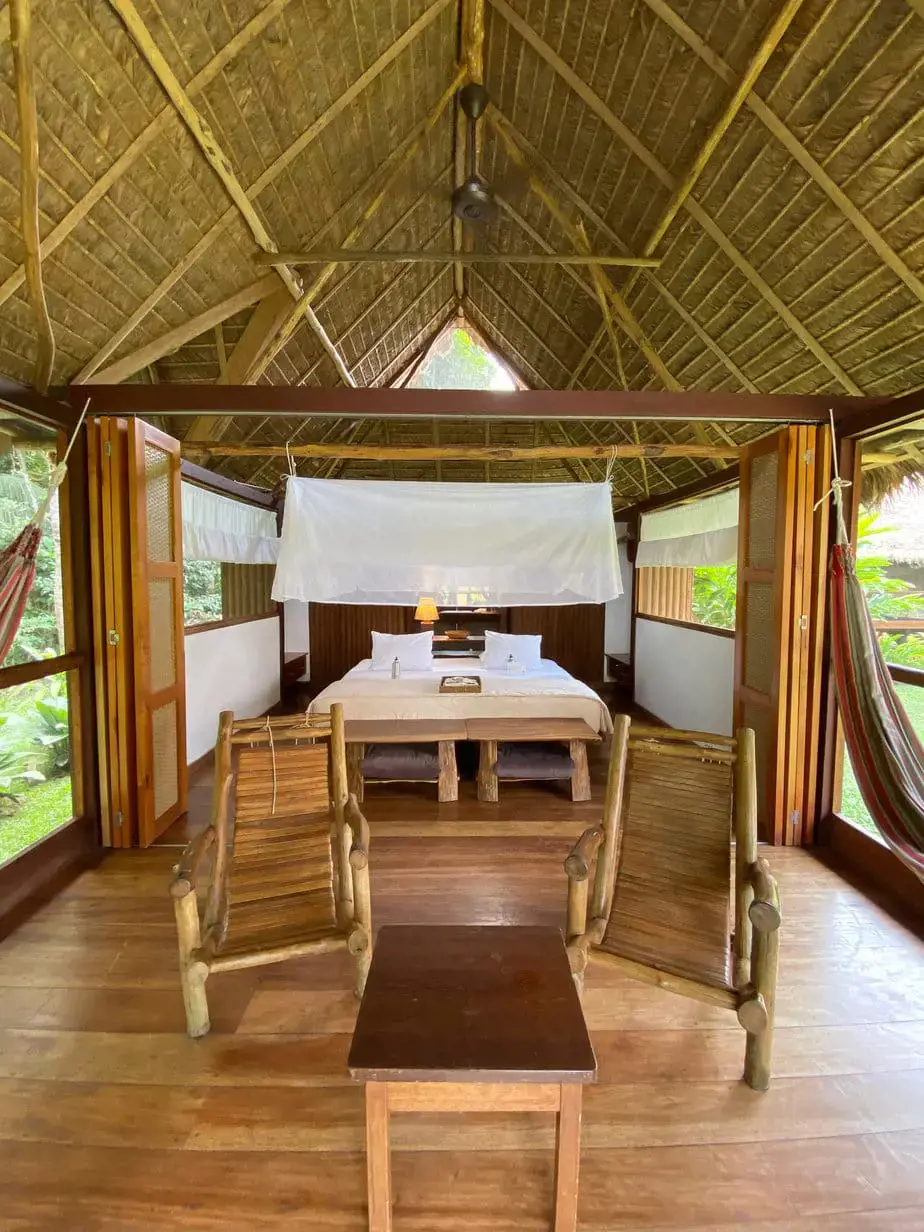
When planning a trip to Inkaterra Reserva Amazonica, it is important to pack the right items to ensure a comfortable and enjoyable experience in the Amazon rainforest. The rainforest can be a challenging environment, so it is crucial to come prepared. Here are some essential items to consider packing for your trip:
- Insect repellent: The Amazon rainforest is known for its abundance of insects, including mosquitoes. It is vital to protect yourself from mosquito bites, as they can transmit diseases such as malaria and dengue fever. Make sure to bring a high-quality, DEET-based insect repellent and apply it regularly.
- Lightweight and breathable clothing: The Amazon is a humid and hot environment, so it is crucial to pack lightweight and breathable clothing. Opt for moisture-wicking fabrics that dry quickly and help keep you cool. Also, include long-sleeved shirts and long pants to protect yourself from the sun and insects.
- Sturdy and comfortable footwear: The rainforest terrain can be challenging and muddy, so it is essential to have sturdy and comfortable footwear. Pack hiking shoes or boots that provide ankle support and have a good grip to navigate through the uneven surfaces. Also, consider bringing a pair of water shoes for activities such as kayaking or walking in shallow water.
- Rain gear: It is called a rainforest for a reason, as rain can be frequent and heavy. Be prepared for sudden downpours by packing a lightweight, waterproof jacket or poncho. Also, consider bringing a waterproof cover for your backpack or a dry bag to protect your belongings during wet activities.
- Sun protection: Although the rainforest is a dense and lush environment, the sun can still be intense. Pack a wide-brimmed hat or a hat with a neck flap to protect your face and neck from the sun's rays. Don't forget to bring a high SPF sunscreen and apply it generously throughout the day. Sunglasses and a bandana or a buff can also come in handy for added sun protection.
- Binoculars and a camera: Inkaterra Reserva Amazonica is home to a diverse range of wildlife, including birds, monkeys, and sloths. To fully appreciate and observe the wildlife, it is recommended to bring binoculars. A camera with a zoom lens is also essential to capture the incredible biodiversity and create lasting memories.
- Medications and personal care items: It is important to bring any necessary medications, including insect bite creams, antihistamines, and prescription medications. Additionally, pack a basic first aid kit with items such as bandages, antiseptic wipes, and pain relievers. Don't forget personal care items such as toiletries, hand sanitizer, and wet wipes.
- Flashlight or headlamp: The rainforest can get dark at night, so it is essential to have a reliable light source. Pack a flashlight or a headlamp with extra batteries to navigate through the trails or when moving around your accommodation.
- Cash and a copy of important documents: It is advisable to bring some cash in small denominations for tipping guides or purchasing souvenirs. Also, make copies of important documents such as your passport, travel insurance, and itinerary, and keep them in a separate location from the originals.
Remember to pack light and consider the weight restrictions of your transportation to Inkaterra Reserva Amazonica. Consult with the tour operator for specific packing recommendations and any additional items you may need for the activities and excursions you plan to participate in. By packing these essential items, you will be well-prepared to have an incredible and memorable trip to the Amazon rainforest.
Essential Items to Pack for a Trip to Boston
You may want to see also

Are there any specific clothing recommendations for the Amazon rainforest climate?
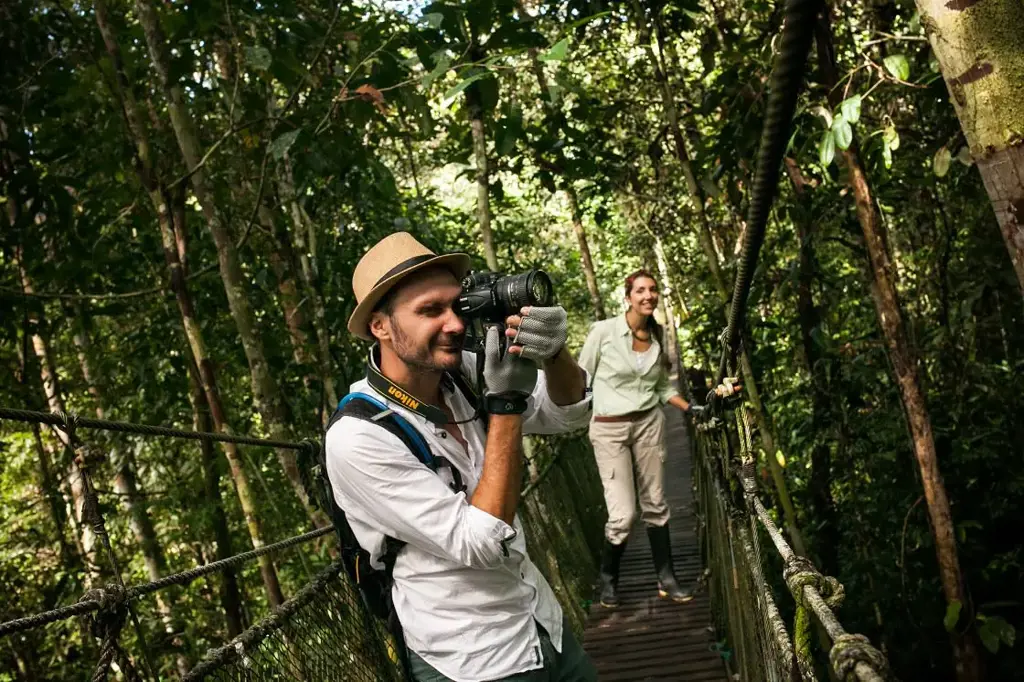
When preparing for a trip to the Amazon rainforest, it is important to consider the unique climate and pack appropriate clothing. The Amazon rainforest has a hot and humid climate, with temperatures ranging from 80°F to 90°F (27°C to 32°C) year-round. Additionally, the region experiences frequent rainfall, with an average annual rainfall of over 100 inches. This combination of heat and humidity can make for a challenging environment, so it is crucial to dress appropriately for comfort and protection.
Here are some specific clothing recommendations for the Amazon rainforest:
- Lightweight and breathable fabrics: Choose clothing made from lightweight and breathable materials such as cotton, linen, or moisture-wicking synthetic fabrics. These fabrics will help to keep you cool and prevent excessive sweating.
- Long-sleeved shirts and pants: Despite the heat, wearing long-sleeved shirts and pants can provide protection from sunburn and insect bites. Look for lightweight, loose-fitting clothing that covers your arms and legs. Tuck your pants into your socks or wear gaiters to further protect against insects.
- Quick-drying clothing: With the high humidity and frequent rain in the Amazon, it is important to pack quick-drying clothing. Choose garments that dry quickly so that you can stay comfortable even if they get wet.
- Insect-repellent clothing: Consider investing in clothing treated with insect repellent, such as permethrin. These garments can provide an added layer of protection against mosquitoes and other biting insects.
- Waterproof outer layer: Be prepared for sudden downpours by bringing a lightweight, waterproof jacket or poncho. This will help keep you dry and comfortable during wet weather.
- Wide-brimmed hat: Protect your face and neck from the sun by wearing a wide-brimmed hat. This will help shield you from direct sunlight and reduce the risk of sunburn.
- Sturdy, closed-toe shoes: Choose comfortable, waterproof shoes with good traction for walking in the rainforest. Closed-toe shoes are essential for protecting your feet from rough terrain, insects, and potential injuries.
- Socks: Pack plenty of moisture-wicking socks to keep your feet dry and prevent blisters. Consider bringing insect-repellent socks for added protection against insect bites.
- Bandanas/scarves: Bring a few bandanas or scarves that can be used to protect your neck and face from the sun, dust, and insects.
- Swimsuit: Don't forget to pack a swimsuit if you plan on swimming in rivers or natural pools in the rainforest. It can be a refreshing way to cool off in the heat.
Remember to pack these clothing recommendations in a lightweight, breathable suitcase or backpack. It is also important to pack for layering, as temperatures can vary between day and night. By being prepared with the right clothing, you can enjoy your trip to the Amazon rainforest while staying comfortable and protected.
Essential Items for HOSA Competitions: What to Pack for Success
You may want to see also

Should I bring my own mosquito repellent and sunscreen, or are they provided at the lodge?
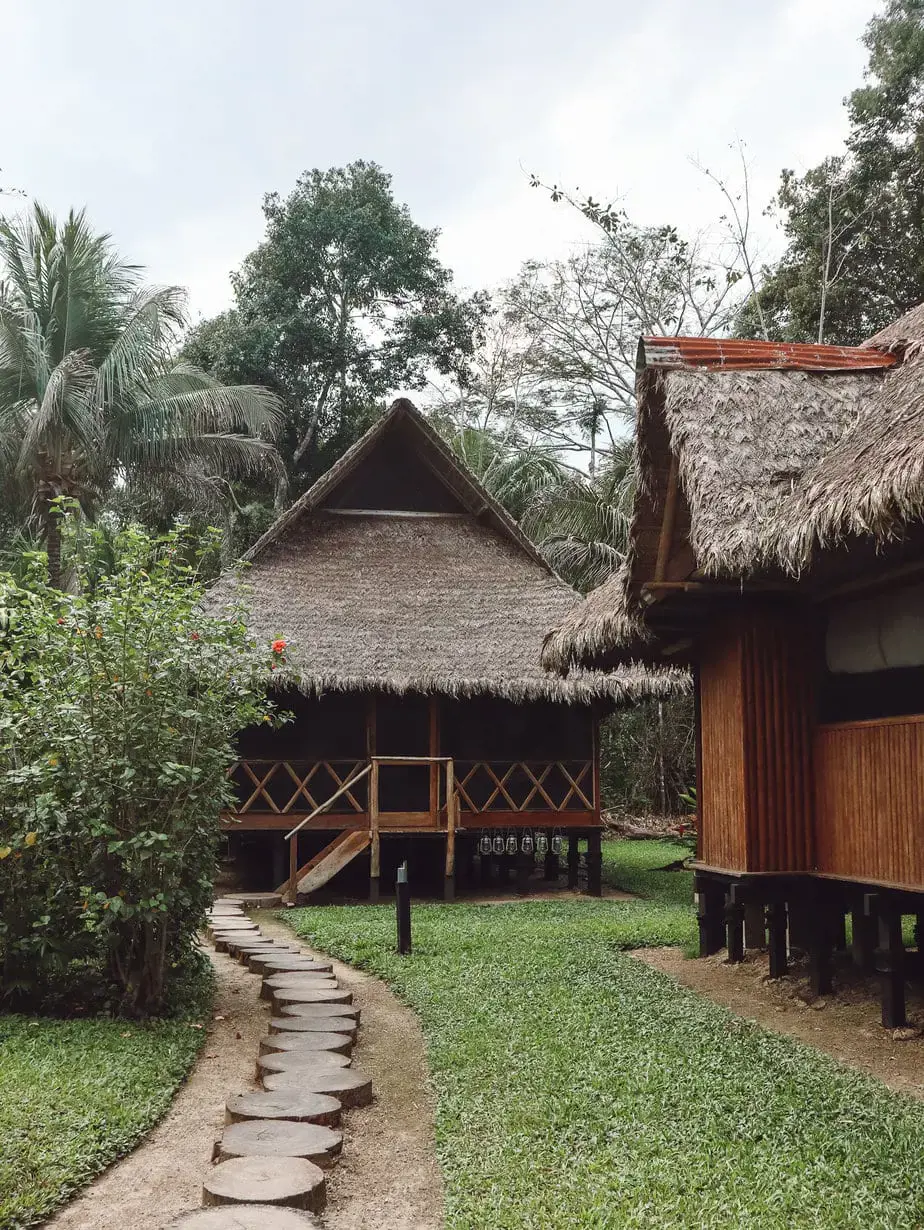
When preparing for a stay at a lodge, it's important to take into account the potential need for mosquito repellent and sunscreen. These two items are crucial for protecting yourself against bug bites and harmful UV rays, especially if you'll be spending a lot of time outdoors. While some lodges may provide these essentials, it's always a good idea to bring your own to ensure you're adequately protected.
Mosquito repellent is an essential item to have when staying at a lodge, especially if you're in an area where mosquitoes are prevalent. Mosquitoes are not only irritating, but they can also carry diseases such as malaria, dengue fever, and Zika virus. Therefore, it's important to use an effective mosquito repellent to avoid getting bitten. While some lodges may provide mosquito repellent for their guests, it's always best to bring your own preferred brand. This way, you can ensure that the repellent is both effective and suitable for your skin type. Look for mosquito repellents that contain ingredients like DEET or picaridin, as these are known to be effective against mosquitoes.
Sunscreen is another essential item to bring when staying at a lodge, particularly if you'll be spending time outdoors. UV rays from the sun can cause skin damage, including sunburns, premature aging, and an increased risk of skin cancer. Even if you're visiting a lodge in a cooler climate or during winter, it's still important to protect your skin from the sun. Some lodges may provide sunscreen for their guests, but it's always better to bring your own. This way, you can ensure that the sunscreen is the right SPF (sun protection factor) for your needs and that it offers broad-spectrum protection against both UVA and UVB rays. It's recommended to use a sunscreen with an SPF of 30 or higher for adequate protection.
In addition to bringing your own mosquito repellent and sunscreen, it's also a good idea to follow these steps to maximize their effectiveness:
- Apply mosquito repellent to exposed skin, following the instructions on the product label. Reapply as needed, especially if you've been swimming or sweating.
- Apply sunscreen generously to all exposed skin, including your face, neck, arms, and legs. Don't forget less-obvious areas like your ears, the back of your neck, and the tops of your feet. Reapply every two hours or more frequently if you've been sweating or swimming.
- Wear long-sleeved shirts, long pants, and closed-toe shoes to further protect yourself from mosquito bites. Opt for lightweight, breathable fabrics to stay comfortable in warmer temperatures.
- Avoid peak mosquito activity times, which are usually early morning and evening. If possible, plan your outdoor activities during the middle of the day when mosquitoes are less active.
- Seek shade and take regular breaks from the sun to prevent sunburn and overheating. Use hats, sunglasses, and umbrellas for additional sun protection.
By bringing your own mosquito repellent and sunscreen, as well as following these steps, you can ensure that you're adequately protected during your stay at a lodge. Don't rely solely on the lodge to provide these essentials, as they may not have your preferred products or offer them at all. Take proactive measures to safeguard yourself against bug bites and harmful UV rays, allowing you to fully enjoy your time at the lodge without any worries.
Packing Guide: Essential Clothing Items for an All-Inclusive Resort Vacation
You may want to see also

Are there any specific medications or first aid supplies that are recommended to bring?
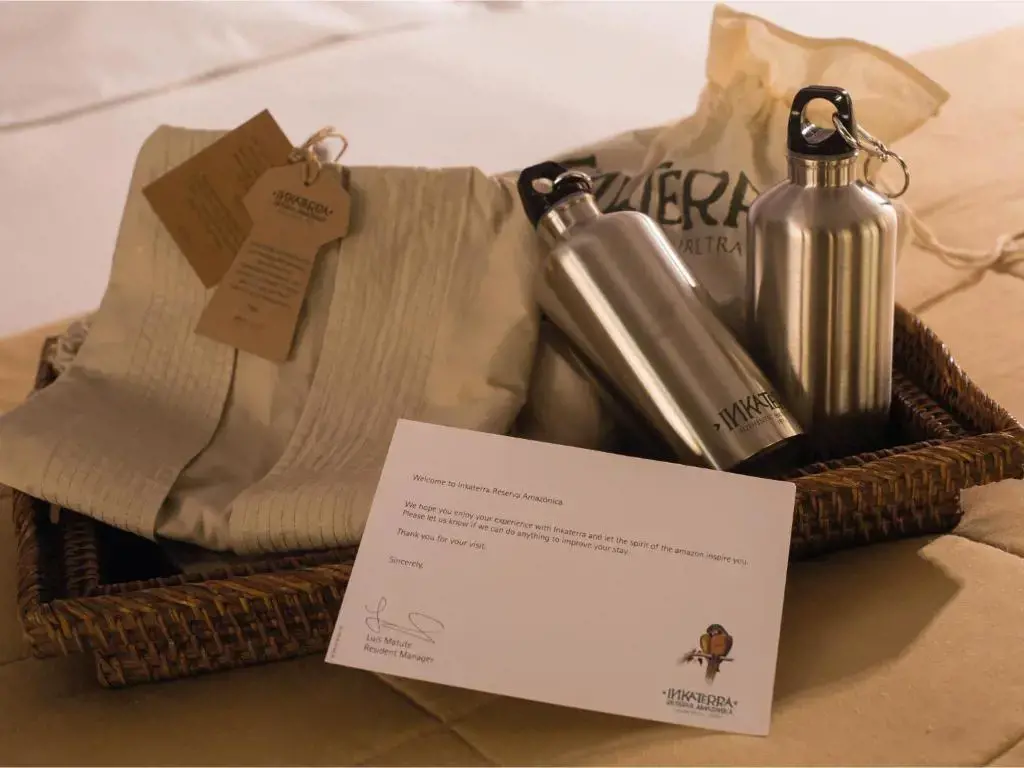
Are there any specific medications or first aid supplies that are recommended to bring to your next trip? Absolutely! Having the right medications and first aid supplies on hand can greatly enhance your travel experience by ensuring you are prepared for any unexpected illnesses or injuries that may occur.
First and foremost, it is essential to consult with your healthcare provider prior to your trip. They will be able to provide personalized recommendations based on your medical history and the specific destination you will be visiting. Here are some commonly recommended medications and first aid supplies to consider packing:
- Basic First Aid Kit: A well-equipped first aid kit is a must-have for any traveler. It should include items such as adhesive bandages, antiseptic wipes, gauze pads, medical tape, tweezers, scissors, a thermometer, and disposable gloves. Additionally, consider including over-the-counter pain relievers, such as ibuprofen or acetaminophen.
- Prescription Medications: If you take any prescription medications, ensure you have an ample supply to last throughout your trip. It is advisable to keep them in their original labeled containers to avoid any potential issues at customs. Carry a copy of your prescriptions and a letter from your healthcare provider, specifying the medical necessity of the medications.
- Antihistamines: Allergies can strike at any time, and it's important to have antihistamines on hand to relieve symptoms such as sneezing, itching, and watery eyes. Diphenhydramine is a commonly used over-the-counter antihistamine that can provide relief for both allergies and insect bites.
- Motion Sickness Medication: If you are prone to motion sickness, consider packing medication to alleviate symptoms. Over-the-counter options include dimenhydrinate or meclizine. These medications can help reduce nausea and dizziness commonly associated with travel by boat, plane, or car.
- Diarrhea Medication: Traveler's diarrhea is a common ailment among travelers. Consider packing an over-the-counter medication such as loperamide to help alleviate symptoms and keep you comfortable during your trip. Remember to stay hydrated and seek medical attention if symptoms persist or worsen.
- Topical Antibiotics: Small cuts, scrapes, and blisters can happen while traveling. Having a topical antibiotic ointment, such as Neosporin, can help prevent infection and promote healing.
- Sunscreen and After-Sun Care: It's crucial to protect your skin from the sun's harmful rays. Pack a broad-spectrum sunscreen with a high SPF, along with lip balm that contains SPF. Additionally, having an after-sun lotion or gel on hand can soothe any sunburns or irritated skin.
- Insect Repellent: Depending on your destination, you may encounter a variety of insects that can transmit diseases such as malaria, dengue fever, or Zika virus. Packing a repellent that contains DEET or picaridin can help keep mosquitoes and other biting insects at bay.
Remember to check the expiration dates on all medications and first aid supplies before your trip. It's also a good idea to familiarize yourself with basic first aid techniques and procedures. Many organizations, such as the Red Cross, offer first aid and CPR classes that can provide valuable knowledge in case of emergencies.
By being proactive and prepared with the right medications and first aid supplies, you can ensure a safe and enjoyable trip. Consult with your healthcare provider and follow their recommendations to tailor your travel medical kit to your specific needs.
The Essential Guide for Campers: What to Pack for a Memorable Outdoor Adventure
You may want to see also

Are there any restrictions on the types of toiletries or personal care products that can be brought into the reserve?
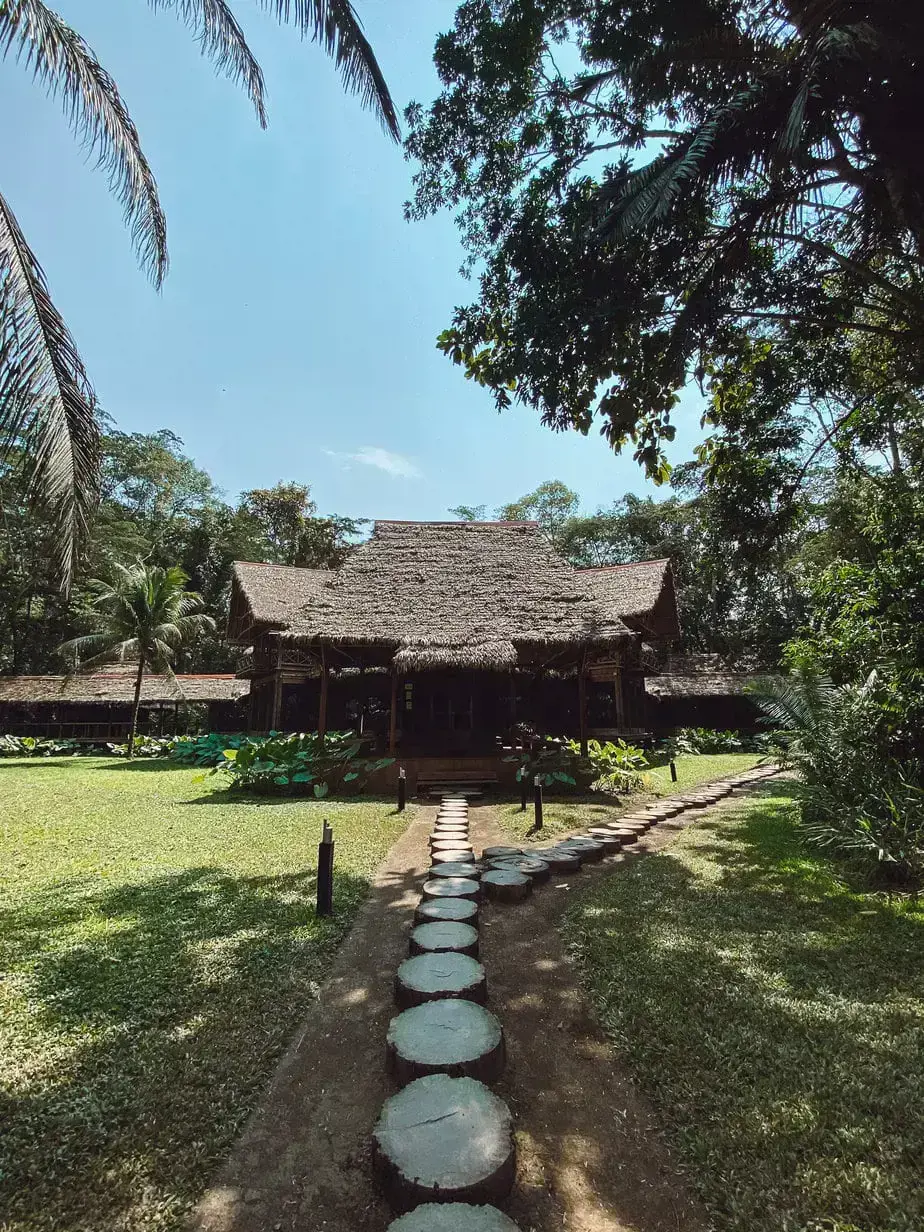
When it comes to visiting a nature reserve or any protected area, it is important to remember that these habitats are fragile and require special care. This includes being mindful of the toiletries and personal care products we bring into the reserve. Many reserves have restrictions on certain types of products to ensure that they do not harm the environment or the animals living in it.
The first step in determining if there are restrictions on toiletries and personal care products in a reserve is to research the specific regulations of the reserve you plan to visit. Most reserves will have a website or visitor's guide that outlines their guidelines and rules. It is important to familiarize yourself with these guidelines to ensure you are following the rules and doing your part to protect the environment.
One common restriction in many reserves is the use of biodegradable toiletries and personal care products. This means that products should be made from natural ingredients that break down easily in the environment, rather than lingering for years in the ecosystem. Look for certifications such as "biodegradable," "environmentally friendly," or "eco-friendly" on the packaging of the products you plan to bring. This will ensure that they meet the reserve's standards and will not harm the environment.
Another common restriction in reserves is the prohibition of products containing harmful chemicals. This includes products such as non-biodegradable soaps, shampoos, and detergents that can pollute water sources and harm aquatic life. It is best to opt for natural and organic products that are free from chemicals such as parabens, sulfates, and synthetic fragrances. These products are not only better for the environment, but also for your own health.
In addition to restrictions on specific products, some reserves may also have guidelines on the amount of toiletries and personal care products you can bring. This is often to prevent excessive waste and ensure that visitors are being mindful of their impact on the environment. As a general rule, it is best to bring only what you need for your stay and avoid excessive packaging.
To give a specific example, let's say you are planning to visit a marine reserve that is known for its coral reefs. In this case, it is crucial to ensure that the sunscreen you bring is reef-safe. Many conventional sunscreens contain harmful chemicals that can bleach or damage coral reefs. Look for mineral-based sunscreens that do not contain oxybenzone or octinoxate, as these are known to be harmful to marine life.
Overall, it is important to be mindful of the toiletries and personal care products you bring into a nature reserve. By doing your research, choosing biodegradable and eco-friendly products, and following the guidelines set by the reserve, you can help to protect the delicate ecosystems and ensure that future generations can enjoy these natural wonders.
Essential Packing Guide for a Cold Christmas Holiday
You may want to see also
Frequently asked questions
It is recommended to pack lightweight, breathable clothing made from natural fabrics such as cotton or linen, as the Amazon can be quite hot and humid. Also, don't forget to pack long-sleeved shirts and long pants to protect yourself from mosquito bites and other insects. It is also a good idea to bring a rain jacket or poncho, as rain showers can be frequent in the rainforest.
It is recommended to pack sturdy, closed-toe shoes or hiking boots for your stay at Inkaterra Reserva Amazonica. These will provide good support and protect your feet from insects, thorny plants, and other hazards you may encounter during walks or hikes in the rainforest. It is also a good idea to bring a pair of waterproof sandals or water shoes for water activities or walking in wet areas.
Inkaterra Reserva Amazonica provides guests with many of the necessary gear and equipment for activities such as guided hikes, boat trips, and wildlife spotting. However, it is still recommended to bring a few essential items such as a good quality camera with a zoom lens for capturing wildlife and natural scenery, binoculars for birdwatching, a reusable water bottle, and a flashlight or headlamp for exploring the rainforest at night.
Some additional items you may want to consider packing include sunscreen, insect repellent, a hat or cap to protect yourself from the sun, a swimsuit for swimming in the lodge's pool or nearby rivers, a small daypack for carrying essentials during excursions, and any necessary medications or personal toiletries. It is also a good idea to bring a small amount of cash for any additional services or souvenirs you may want to purchase during your stay.







